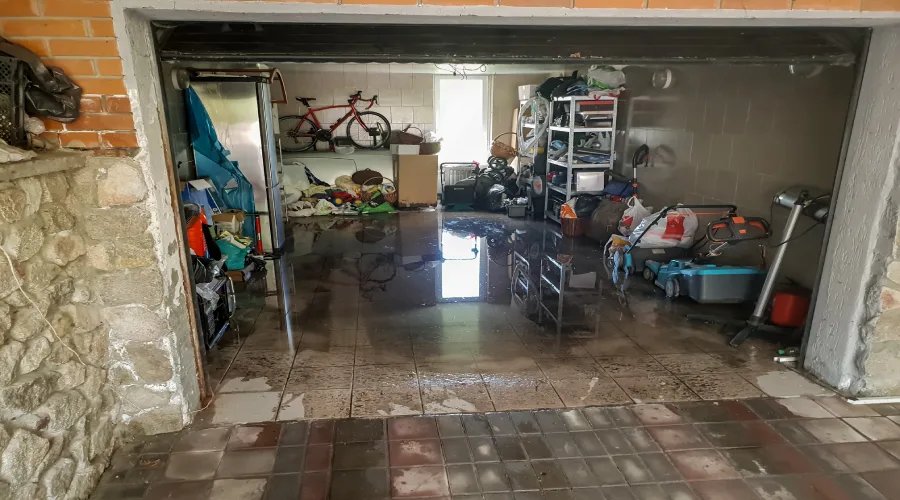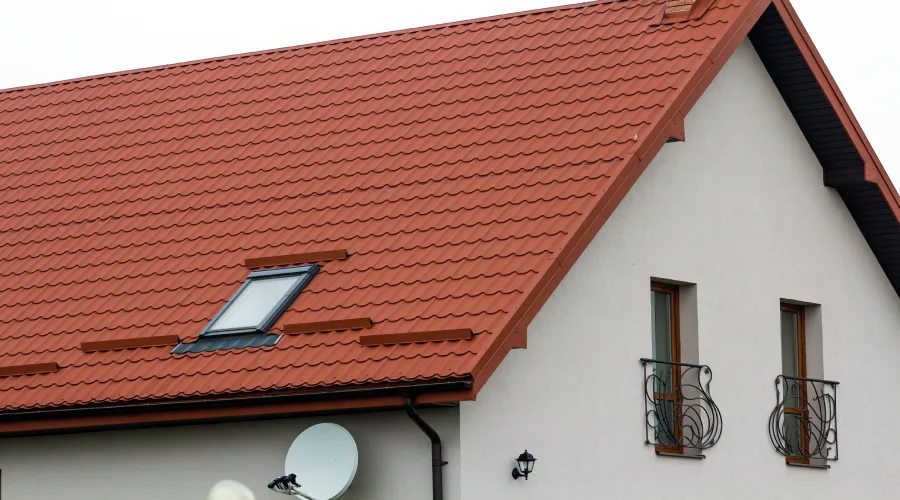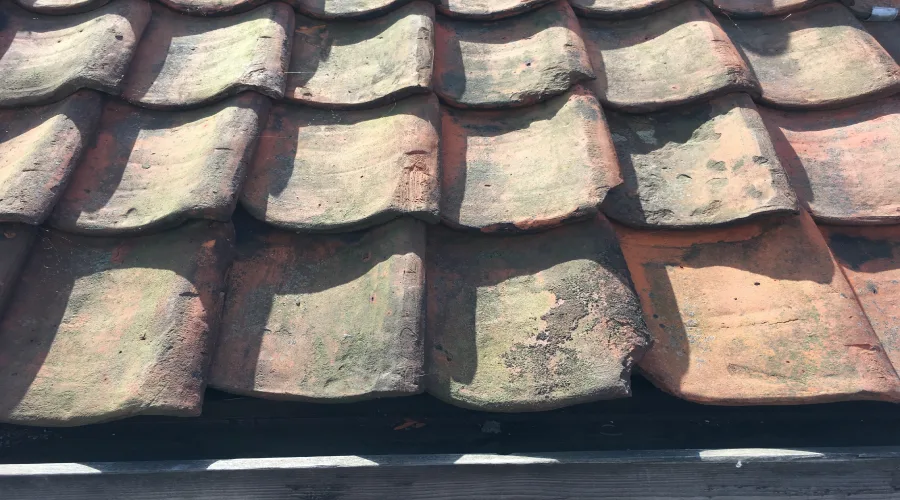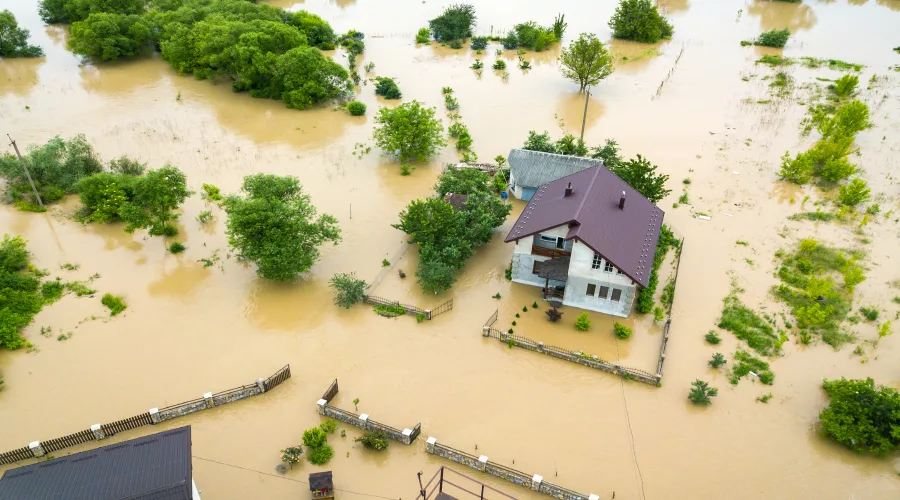"Rain and rain, let it go! ..." In an unusually wet time, it is possible for water to get into your basement through the walls of your basement or the foundation. Unproperly graded lawns can result in water pooling around the foundation. If the sump pump malfunctions due to power failure or mechanical issues the water could build up and flood your basement. When seepage or flooding occurs it is crucial to take care of the issue promptly. If water issues are not addressed, they can lead to bigger problems. Therefore you always need an expert Basement Flood Cleanup.
Home Damage
The impact of standing water is swiftly causing damage to and ruins flooring furniture, electronics, and furniture. Even though appliances such as the furnace, water heater dryer, washer, and furnace might not have been exposed directly to flood water but the additional moisture in the air can create problems. Appliances can fail due to corrosion of internal components.
Floodwaters could harm your foundation as well. Floods that move quickly could put pressure on basement walls and even separate the foundation of the house from it. Due to possible mold issues caused by standing water as well as excessive moisture in the air the cost of repairing foundations that are damaged increases the longer the water is left.
Health Risque
It is essential to take the appropriate precautions prior to entering a basement that is flooded. Don't enter the floodwaters until you shut off the electricity and decide whether the water has reached open circuits. If you step into an electrical charge could cause electrocution.
The most likely risk is the possibility of mold. If you don't adequately dry your basement in three or four days, the spores from mold begin to stick to the surface and expand. While the signs of mildew or black mold in your basement might be evident, the mold may be hidden behind baseboards or walls and release spores into basement air through tiny cracks.
A range of 10 to 20 percent of people suffers from mold allergies. They are susceptible to reactions as minor like a runny nose, or an itchy throat. However, more severe respiratory issues such as wheezing and chest tightness or breath shortness are also typical. The inhalation of mold spores can cause asthma attacks for asthma sufferers. Likewise, people who suffer from compromised respiratory or immune systems can suffer from inflammation of their lungs that is similar to that caused by pneumonia.
Don't wait. If you're not sure how to safely get your basement cleaned up after flooding, you should consider calling an experienced professional Roof Damage Repair in Anchorage for cleanup. They can resolve the issue quickly, efficiently, and safely. Make sure you act quickly to prevent the loss of your property, expensive damage, or even serious health issues.
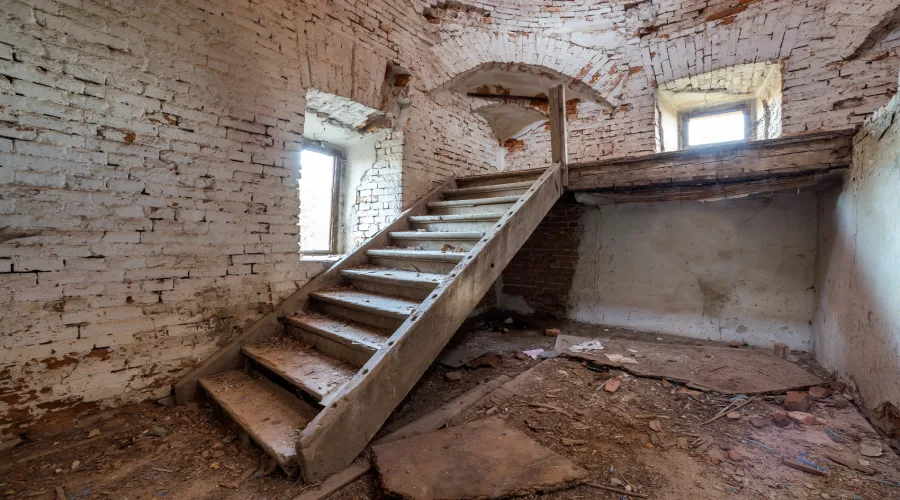
Subasement Flooding Remodeling
What do you do immediately following the aftermath of a flood in your basement and how do you make sure it doesn't happen again?
If your basement has recently flooded be sure to read this article for advice about how to proceed following the flood. Before you make an appointment with a professional to help with repairs to your basement's flooding.
• Do Not Enter A Flood-prone Basement
Basement flooding can do more than just cause damage to property; it could also be dangerous to the members of your household. If you awake in the morning and go down the stairs only to discover that your basement is flooded with water, contact an electrician as well as the restoration experts from Safeguard Restoration right away.
If the circuit breaker you have isn't located within the basement area, you must shut off power at your home. If not, any electrical appliance or device could pose a risk when they come in contact with water. The circuit breaker for your home is likely to be in a suitable spot, like in the garage. If you live in an older house it could be an outside fuse box near the meters.
• Take The Water Out
Once you've taken away electronic devices or other things that could have been in danger It's now time to get rid of the water in order to examine the extent of the damage. If your basement has been flooded the sump pump has clearly failed, which means you may need to buy an entirely new sump pump and utilize it to eliminate the water. Pumps won't be able to eliminate all the water in your home, therefore you'll need towels and a mop to wash the rest.
If you notice the basement is flooded, contact Safeguard Restoration to help you dry the basement, instead of trying to get rid of the water yourself.
It is essential to get rid of the water as soon as quickly as is possible. The moist environment provides mold the opportunity to flourish and it will increase the cost of your property damage.
• Get Rid Of Your Wet Things
If you're trying to dry out your basement, it isn't a good idea to leave wet objects in the basement. Take everything wet from bookshelves to couches and then put them in a location in which they will dry such as the garage. Perhaps, your insurance company will reimburse you for the damaged items as well as the cost of repairing your basement and getting rid of the mold. Make an insurance request as fast as possible following the flooding.
In addition to removing any wet objects, You should also tear off the carpet that is wet. Sometimes, the carpet can be salvaged however usually, the padding and the carpet underneath it all require total replacement.
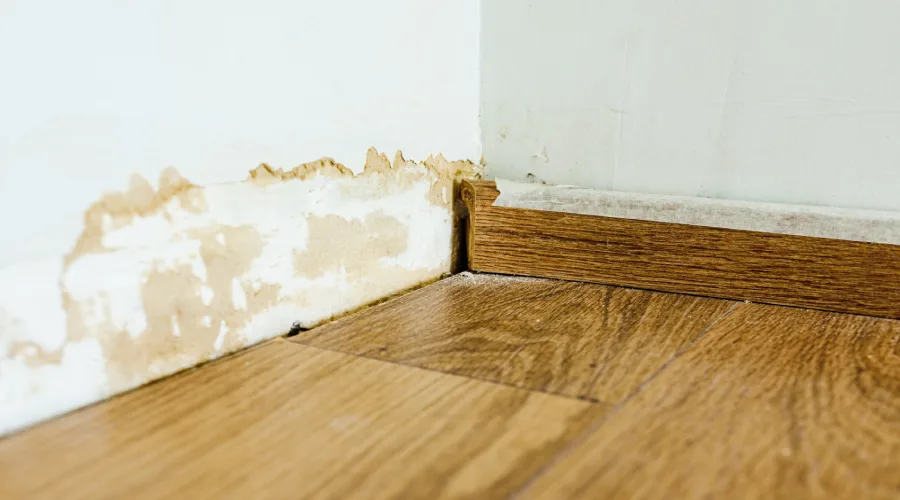
• The Area Is Dry Area
Your basement isn't going to dry out on its own. You'll likely need to buy or lease fans, or industrial blowers. Dehumidifiers can be utilized to get rid of excess moisture, make your basement dry out faster, and reduce the chances of mold developing. Safeguarding Restoration offers the necessary equipment to help restore your basement.
• Take Steps To Prevent Mold From Growing Before It Begins
Dark, damp conditions permit mold to thrive. Mold poses a health risk. And should you spot mold after the flood, you may require the removal of entire sections of drywall. Contact the experts at Safeguard to clean up the affected space.
Use warm water and soap to thoroughly wash your walls. Together with your dehumidifiers and blowers, you can install the HEPA air purifier to filter out allergens and mold. Be sure to inspect the basement each day after the flood and watch out for any signs of mold. If you spot a suspicious area, you can clean it by using bleach and warm water.
Check out our blog on basement mold for more information about ways to get rid of the mold and keep it from recurring.
• Stop Future Floods
When the flooding occurs then try to determine the reason for it initially. Did a severe storm wash your lawn and then run into your basement? Are there fractures or cracks on your foundation? Do you require replacing your sump pump, or making it a better model? Consult a professional to discover how to upgrade your basement, strengthen the foundation of your home, and modify your gutters and landscaping to avoid another flood.
Basement flooding is nothing if not annoying, but when they occur, you are able to make steps to protect your home and avoid future flooding. After you've completed the steps mentioned above make contact Safeguard Waterproofing for waterproofing your basement. We'll work hard to prevent you from suffering an utterly devastating basement flood again.


